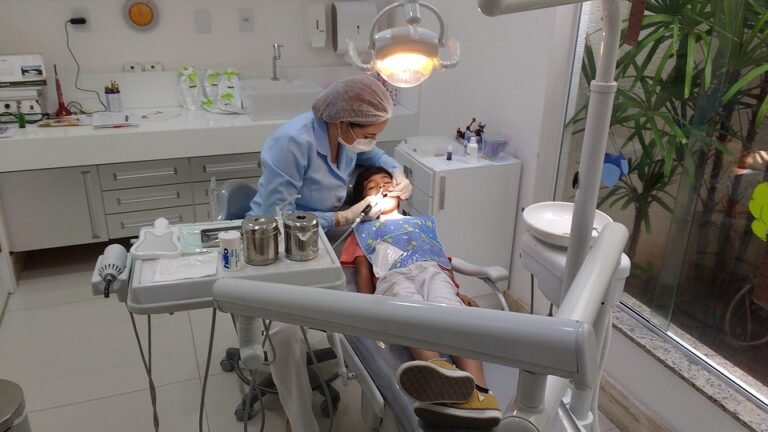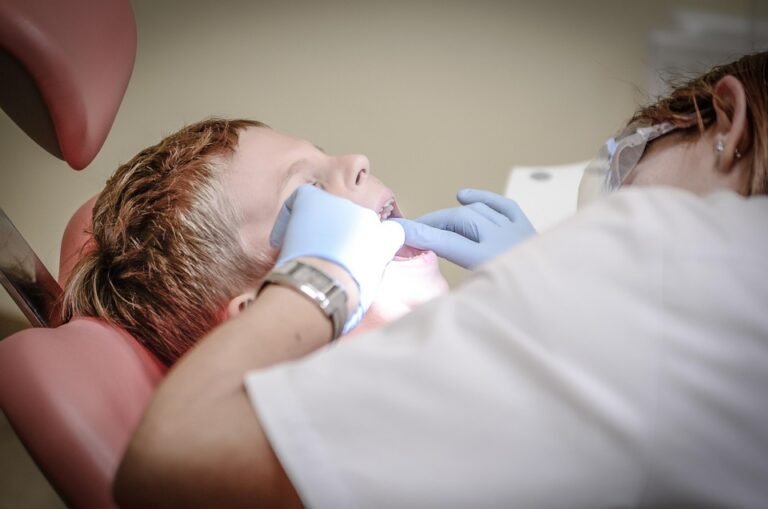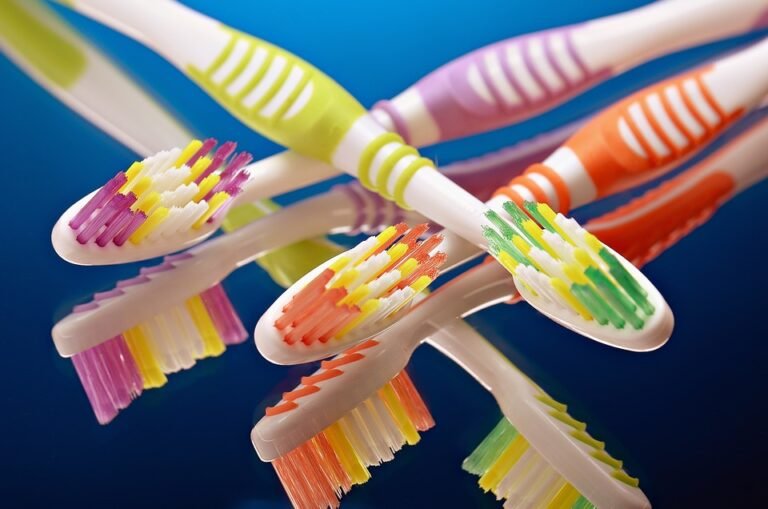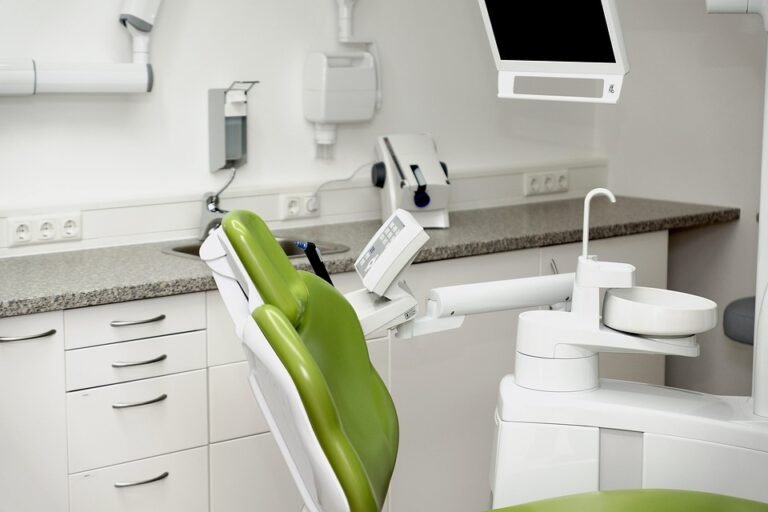What are some specific examples of AI tools used in dental education
Okay, so I’m a dental professor and I’m trying to update my curriculum and explore new technologies. I keep hearing about AI being used in medicine and dentistry, but I haven’t seen a lot of concrete examples in dental education specifically. I’m not just looking for theoretical uses. I need specifics.
I’m interested in things like:
-
AI-powered diagnostic tools: Are there any tools that help students learn to interpret radiographs (like X-rays or CBCTs) more accurately? Maybe something that highlights potential issues or provides feedback on their diagnoses? Bonus points if it’s commercially available or actively being researched in a way students could access.
-
Simulation software with AI components: Does anyone know of any dental simulation software that uses AI to provide personalized feedback on student performance, perhaps analyzing their instrument handling or cavity preparations in a more sophisticated way than just visual assessment?
-
AI-driven personalized learning platforms: Are there any platforms that adapt the learning material based on a student’s strengths and weaknesses, identified through AI analysis of their performance on quizzes, simulations, or other assessments?
-
AI tools for treatment planning: Are there any AI systems being used to teach treatment planning, perhaps by suggesting treatment options based on patient data and providing justifications for those recommendations?
- AI in automated assessment/grading: Any platforms out there that use AI to automatically grade things like written assignments or even aspects of clinical skills performance (even if it’s still in development)?
Basically, I want to know exactly what’s being used right now or being actively developed in dental education using AI. Hyper-specific tools and applications are what I’m looking for. Examples with links or references would be amazing!
Answer
AI is beginning to play a role in transforming dental education, offering a range of tools to enhance learning, assessment, and clinical training. Here are some specific examples of AI tools and their applications in dental education:
1. AI-Powered Diagnostic and Treatment Planning Tools:
- Caries Detection: AI algorithms are being used to analyze dental radiographs (X-rays) to detect early signs of caries (tooth decay). These tools can highlight suspicious areas that might be missed by the human eye, leading to earlier intervention and preventive care. Examples include:
- Diagnocat: This platform analyzes CBCT scans (Cone Beam Computed Tomography) to identify caries, periapical lesions, bone loss, and other pathologies.
- LogiSmile: This AI-powered software is also used to identify dental diseases and abnormalities from x-rays.
- Periodontal Disease Assessment: AI can analyze periodontal charting data and radiographs to assess the severity and extent of periodontal disease (gum disease). This helps students learn to accurately diagnose and stage periodontal conditions.
- Implant Planning: AI-driven software assists in the planning of dental implant placement. These tools analyze CBCT scans to identify ideal implant locations, assess bone density, and minimize the risk of complications. This helps students learn the principles of prosthetically driven implant placement and surgical planning. Examples include:
- SICAT Implant: This software allows for virtual implant planning based on CBCT data, with AI assisting in the optimal implant placement.
- Orthodontic Treatment Planning: AI is used to analyze cephalometric radiographs and 3D dental models to assist in orthodontic diagnosis and treatment planning. These tools can predict treatment outcomes, simulate tooth movement, and aid in the design of aligners or braces.
- Oral Cancer Detection: AI algorithms are being developed to analyze oral images (clinical photographs and radiographs) to identify potential signs of oral cancer. This can assist in early detection and improve patient outcomes.
2. AI-Enhanced Simulation and Virtual Reality:
- Haptic Simulators: These simulators provide students with realistic tactile feedback as they perform dental procedures on virtual patients. AI algorithms are used to model the properties of different dental tissues and simulate the feel of instruments interacting with teeth and bone. This allows students to practice procedures in a safe and controlled environment. Examples include:
- Simodont Dental Trainer: This simulator provides haptic feedback and allows students to practice various dental procedures, such as cavity preparation and tooth extraction. AI algorithms are used to analyze student performance and provide feedback.
- Virtual Reality (VR) Training: VR technology immerses students in a virtual dental clinic, allowing them to practice clinical skills such as patient communication, infection control, and instrument handling. AI can be integrated into VR simulations to create realistic patient scenarios and provide personalized feedback.
- Augmented Reality (AR) Applications: AR overlays digital information onto the real world, providing students with real-time guidance and feedback during clinical procedures. For example, AR could be used to project the ideal tooth preparation outline onto a patient’s tooth, helping students to improve their precision and accuracy.
3. AI-Powered Assessment and Feedback:
- Automated Grading of Dental Preparations: AI algorithms can analyze 3D scans of dental preparations (e.g., cavities, crowns) to assess their quality and accuracy. This provides students with objective feedback on their performance and helps them to identify areas for improvement.
- AI-Driven Feedback on Clinical Skills: AI can analyze video recordings of students performing clinical procedures and provide feedback on their technique, posture, and instrument handling. This can help students to develop better clinical skills and improve their patient care.
- Personalized Learning Platforms: AI-powered learning platforms can track student progress and identify areas where they are struggling. The platform can then tailor the learning experience to meet the individual needs of each student, providing them with targeted support and resources.
- Automated Question Generation: AI can generate new questions for quizzes and exams, based on the curriculum and learning objectives. This can help to reduce the workload for instructors and ensure that students are adequately assessed on their knowledge and skills.
4. AI-Assisted Research and Data Analysis:
- Literature Review and Synthesis: AI can assist in the process of literature review by identifying relevant articles and summarizing key findings. This can save students and faculty time and effort in conducting research.
- Data Mining and Analysis: AI can be used to analyze large datasets of patient information to identify trends and patterns. This can help to improve the understanding of dental diseases and develop more effective treatments.
5. AI-Driven Patient Education:
- Interactive Patient Education Tools: AI can power interactive patient education tools that explain dental procedures, oral hygiene techniques, and treatment options in a clear and engaging way. These tools can be tailored to the individual needs of each patient.
- Chatbots for Answering Patient Questions: AI-powered chatbots can answer patient questions about dental care, appointment scheduling, and other topics. This can improve patient communication and reduce the workload for dental staff.
These are just a few examples of how AI is being used in dental education. As AI technology continues to develop, it is likely to play an increasingly important role in shaping the future of dental training and patient care.



